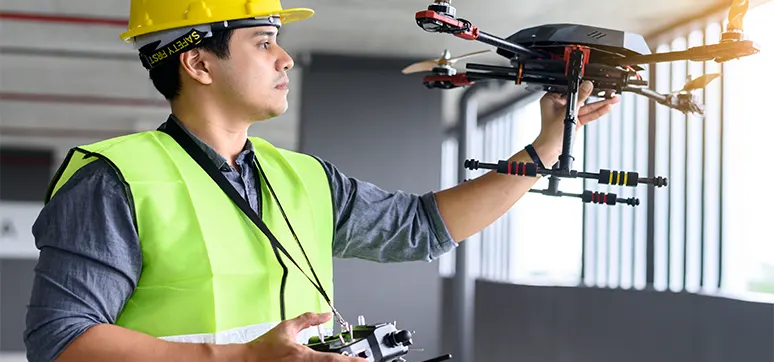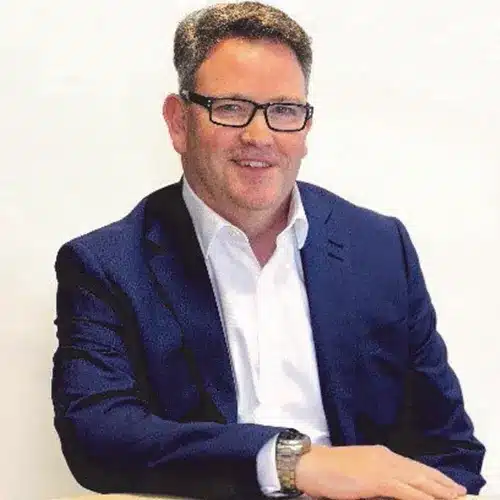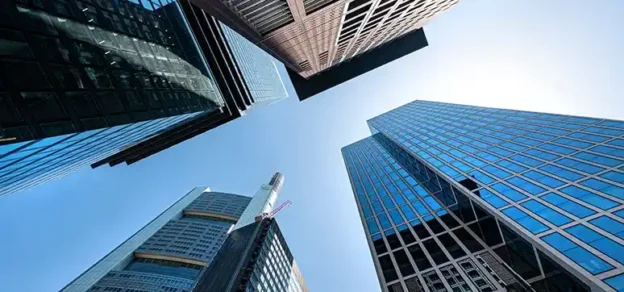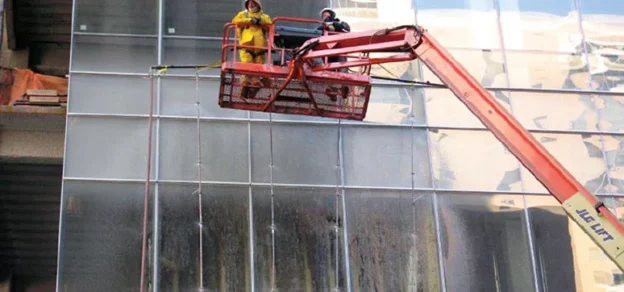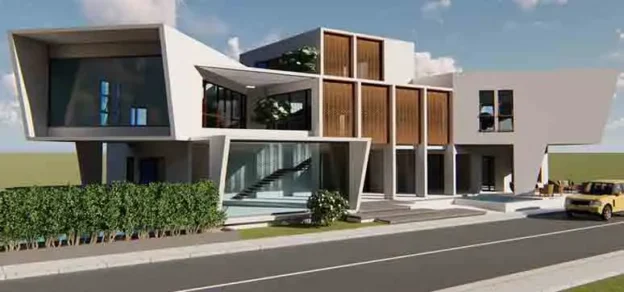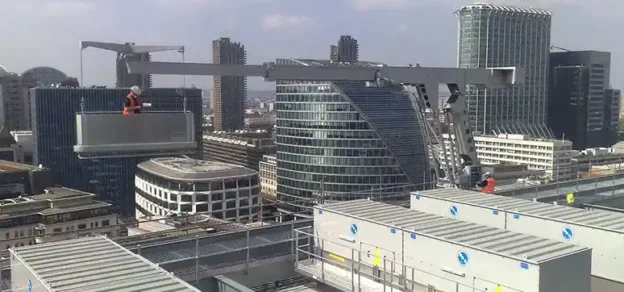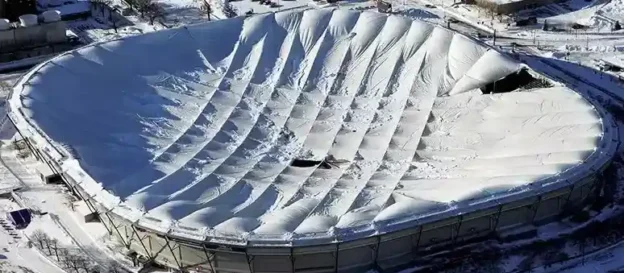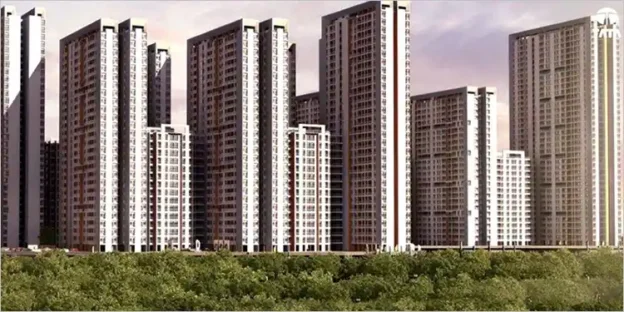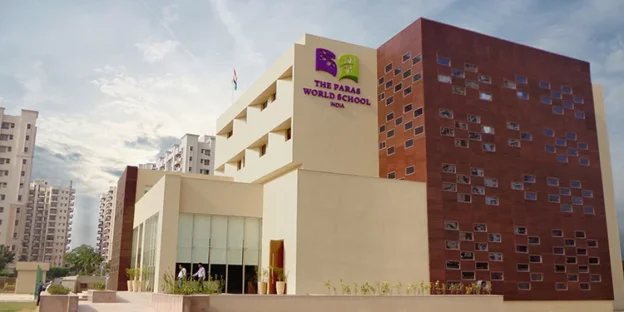Like all building elements, façades will age and be subject to soiling and structural deterioration, accelerated by exposure to man-made pollutants and other environmental factors. Damage or deterioration to façade elements can result in water penetration, falling debris and, in extreme cases, façade failure – all of which have the potential to cause harm. It is therefore vital that any risks are mitigated as early as possible to keep buildings safe for occupants and people within their vicinity.

Authorities across the world are now beginning to regulate the scope and intervals for façade inspection. Insurance will also require building owners to show that the relevant maintenance needs have been met. Failure to maintain the building façade properly may result in increased insurance premiums, difficulty in obtaining insurance renewals, or the termination of insurance coverage. It is therefore vital that those responsible for a building’s maintenance and upkeep can demonstrate to insurers that all reasonable steps have been taken by implementing appropriate risk management procedures. This should include periodic façade inspections.
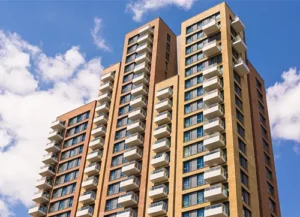
The degree of façade inspection and maintenance that is required will depend on the materials used and their intended life. The necessary frequency of inspection can be divided into three categories.
1. Routine: continuous regular observations that should be undertaken by the user as part of the occupancy of the building.
2. General: visual inspections of main elements.
3. Detailed: a full inspection of the façade by a suitably qualified person.
Periodic façade inspection will help to detect potential issues and underlying problems with façades early on, such as cracks, corrosion and flaking. It will also help to identify the level of defect deterioration and minimise the risk of any compromised facades exposing safety risks.
Façade inspection is, therefore, an integral part of building survey as it helps to verify the integrity of the building structure and ensures safety. Not only is façade inspection vital to support building operators and owners of large high-rise buildings, but it can also be used to help construction companies ensure the quality of façades and monitor the progress of their construction projects.
However, conventional façade inspection usually requires roof access and involves the use of gondolas, all of which is time, labour and cost-intensive. It is also highly disruptive for occupants and dangerous for inspectors due to the difficulty of accessing high-rise buildings.
WHY DRONES?
Many building owners will already have access to or will have invested in a façade access system for cleaning and other maintenance needs, such as checking lighting, photovoltaics, louvres and vents. A good façade maintenance solution should already optimise the access equipment against the complexity of the building’s façade. Such systems include suspended platforms, roof trolleys and dedicated platforms, and mobile elevated work platforms. So, the question is, why can’t these systems also be used to provide detailed building surveys?
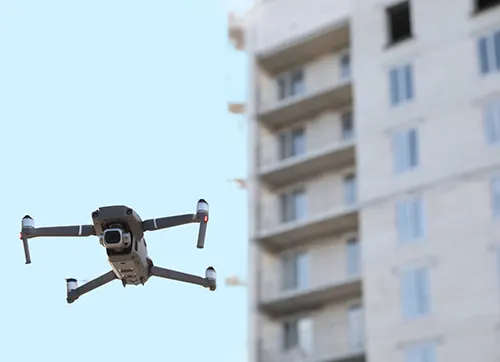
For the outside of a building to maintain its aesthetic appeal, it must be regularly cleaned and maintained. Also, insurance warranties for facades usually mandate that cleaning and maintenance cycles remain unaffected. Economical and effective façade maintenance is therefore now a prime consideration within the overall building design process. So, existing façade maintenance systems cannot be diverted to dedicate time to more detailed survey work that could be easily completed by drones.
Likewise, employers must ensure, so far as is reasonably practicable, the health, safety and welfare of their employees and to ensure that those affected by their activities are not exposed to risk. Falling from height is likely to happen when operatives are getting in to and out of the manned platform, usually because safe access points are not provided. They can also sometimes become trapped in the manned platforms due to a mechanical or operational failure, and it has been known for equipment to accidentally tip when it snags on something protruding from the building. Using drones takes way this additional risk for the detailed surveying of facades.
For buildings that are 30 years or older, it is highly unlikely that any digital information about a building is available. Also, buildings of historical interest will not be able to use permanently mounted facade access systems for maintenance and cleaning. So, drones make sense in terms of reducing any complexities and costs when detailed surveys of the building are required.
SMART INSPECTION
Smart façade inspection using digital twin technology can automate and improve façade inspection quality, as well as save costs and minimise safety risks. This innovative approach to façade inspection uses automated drones and artificial intelligence (AI) to check for deteriorating materials and underlying problems with building façades. As it is equipped with a smart piloting system, the drones ensure both operational safety and high-quality inspection. High-resolution visual and thermal cameras can accurately scan the exterior of buildings, with thermal cameras being particularly effective for the detection of any hidden defects, capturing potential facade failure points.
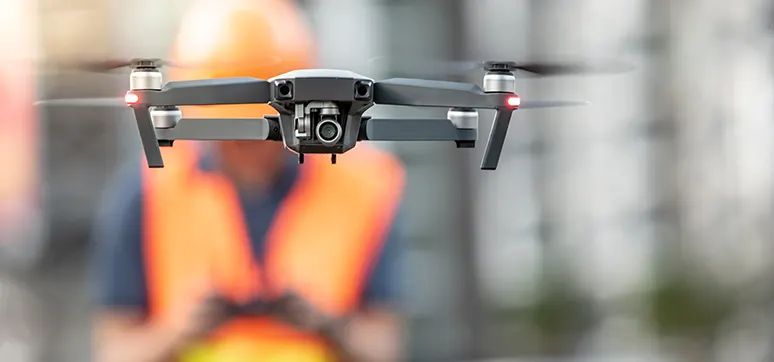
An advanced AI model will also ensure that compliant inspection reports, which meet the highest industry standards, are delivered. This is achieved by using a drone to capture images along the façade of the building. AI can then be used to assist human inspectors with data analysis. Raw data, collected by the drone, is fed into the AI platform so that the algorithms can be used to maintain privacy by detecting and masking people that have inadvertently been photographed by the drone. At the same time, they identify façade defects, classifying them by type (cracks, de-colouration, corrosion, sealant deterioration etc) and severity, as well as give recommendations for repair.
As AI is not infallible, it is vital that a human inspector reviews the results and uses engineering judgement, giving feedback that can be used to continually improve the AI algorithm. This means that façade inspection can be conducted in a fraction of the time and cost, as compared to the traditional methods of inspection.
The resulting 3D model of the building façade is also helpful in better understanding the building’s structure and will also automatically update any detected defects. Inspection reports are also able to make use of an intuitive 3D model so that the state of the façade can be visualised, and any necessary repairs tracked and managed.
This is because the façade inspection software constructs a 3D model of the building façade, which helps to better understand the building structure and automatically locate the detect defects on the building. As repairs and follow-ups can be seamlessly managed through the drone platform, along the lifecycle of a building, efficiency is improved, and costs are saved.
